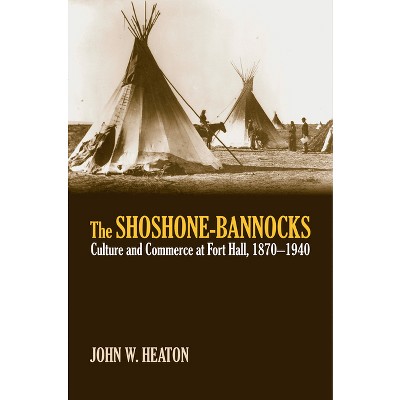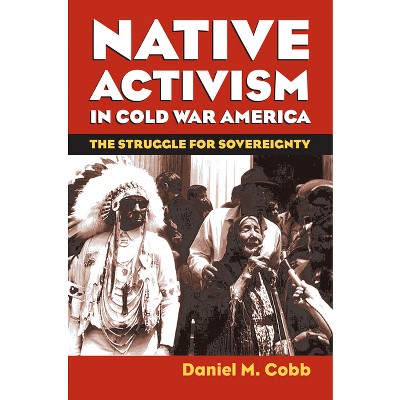About this item
Highlights
- Noted tax economist Frederick C. Stocker has observed that the property tax "resembles a structure designed by a mad architect, erected on a shaky foundation by an incompetent builder, and made worse by the well-intentioned repair work of hordes of amateur tinkerers.
- Author(s): Colleen O'Neill
- 254 Pages
- History, Native American
Description
About the Book
Places Navajos firmly in the modern world, tracing the tribes mass shift to wage labor for support and subsistence and interweaving tales of Navajo coal miners, union organizers, weavers, and their familiesin essence providing a whole new story about the Navajo.Book Synopsis
Noted tax economist Frederick C. Stocker has observed that the property tax "resembles a structure designed by a mad architect, erected on a shaky foundation by an incompetent builder, and made worse by the well-intentioned repair work of hordes of amateur tinkerers." While that may still be a popular view, Glenn Fisher suggests that the actual history of this much-maligned tax should make us less inclined to such easy ridicule. The frequent scapegoat of rebellious taxpayers, yet essential for the functioning of modern local governments, the property tax has a long and controversial history. Fisher's richly detailed account reveals the fundamental difficulties confronting all past attempts at designing an equitable and efficient system of property taxation during the past two centuries. The general property tax-a locally administered tax ostensibly levied at equal rates on all wealth--evolved out of the struggle for political and economic equality in the early American republic. It was, as Fisher shows, consistent with Jacksonian democratic principles that kept the tax power decentralized, limited, and close to home, while producing sufficient revenue to support state and local government even in thinly populated frontier states. But as new states and their constitutions emerged throughout the nineteenth century, many citizens criticized the Jacksonian approach for its inconsistencies and inequities. Advocating principles long-associated with Alexander Hamilton and the Federalists, these critics called for uniform taxes centrally administered by professional bureaucracies. This tension between Jacksonian and Hamiltonian principles is an integral part of Fisher's story and remains unresolved as our local governments continue to cope with the conflict between their revenue needs and the desire for equitable taxation. Drawing upon economic, legal, political, and public administration perspectives, Fisher has fashioned an illuminating chronicle of popular government and intergovernmental relations (federal, state, and local) that will be of equal interest to scholars, students, local governments, and reform-minded taxpayers.Review Quotes
"A carefully crafted narrative that joins Indian and labor history to show how Navajos engaged with the modern economy on their own terms. . . . An original, important, and eye-opening story."--Sherry L. Smith, author of Reimagining Indians: Native Americans through Anglo Eyes, 1880-1940
"Both readable and challenging, O'Neill's unique study is a major contribution to the emerging body of literature examining intersections among race, culture, and identity."--Brian Hosmer, author of American Indians in the Marketplace
"Innovative, creative, meticulous, and a good read at the same time!"--Sarah Deutsch, author of No Separate Refuge: Culture, Class, and Gender on an Anglo-Hispanic Frontier in the American Southwest, 1880-1940
"For far too long, Native Americans have been absent from labor history, and labor has been a neglected part of Native American history. O'Neill corrects these deficiencies in her well-written and well-researched book."--Pacific Historical Review
"A superb book that challenges historians to examine how indigenous peoples have developed alternative modernities by adapting to capitalism, rather than simply becoming its 'underdeveloped' and dependent victims."--Journal of Arizona History
"A penetrating and insightful analysis."--American Historical Review
"A landmark study that bridges disciplines and fields to produce a new model for understanding the nexus among Indian, labor, and U.S. economic history."--Western Historical Quarterly












